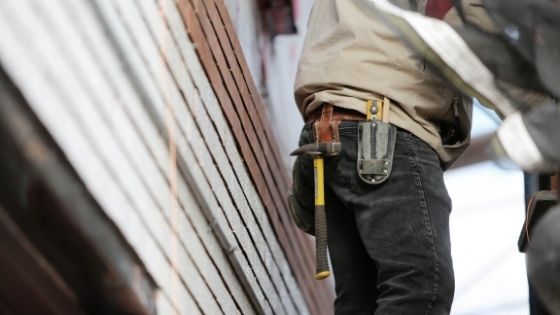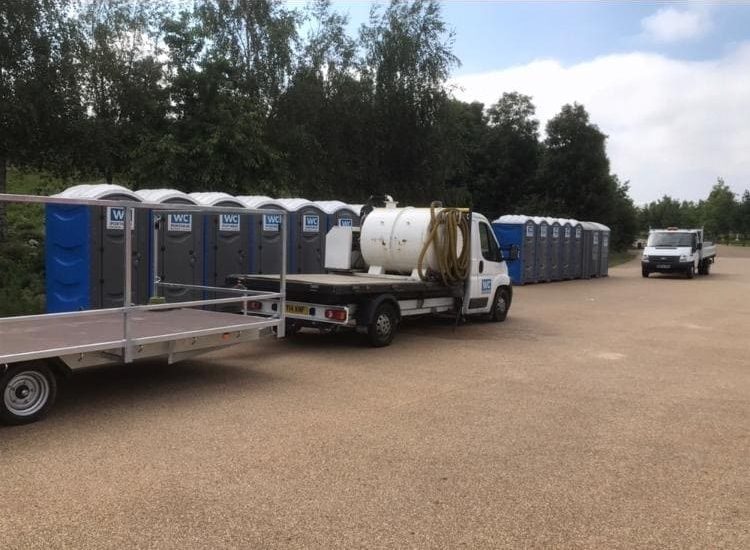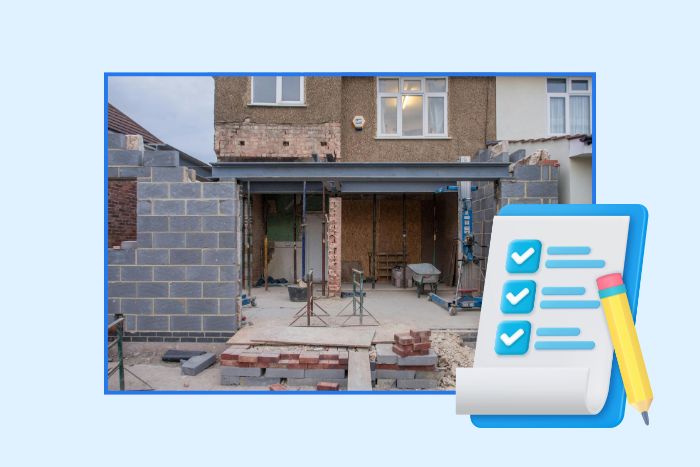Have you ever encountered a road or motorway shut for maintenance? Or, maybe, during a weekend night out you suddenly realised your local train station is shut for the weekend due to maintenance work? Things need to be regularly maintained to ensure they function to their best ability. From cars to trains, road networks and a variety of items. Imagine roads being built with no scheduled maintenance work.
There will be a high rate of accidents due to factors such as poor stopping distances. In the words of Kurt Vonneghurt, “Another flaw in the human character is that everybody wants to build and nobody wants to do maintenance.” Building a device or installing a public toilet is not an end in itself. Regular serving and maintenance are required to ensure the standard and the performance of these facilities are not compromised in any way, shape or form. Scheduled maintenance is never an option, it is essential.
Maintenance work is constantly carried out in a public toilet. We’ll briefly look at some conditions that determine how often maintenance is executed in public units.
Factors that determine the frequency of public toilet maintenance
1) The number of stalls and urinals: Some public toilets have more stalls or urinals than others. It is quite common to expect more maintenance work in facilities with a limited number of facilities as opposed to those with sufficient units. Wondering why? The demand for fewer facilities may wear these out in no time if proper maintenance is not scheduled.
2) The amount and degree of human traffic: Some train stations are busier than others due to the number of lines that travel through them and nearness to offices and busy towns. A busier train station in terms of the flow of traffic is bound to drive a higher adoption or use of the public facilities located in the station. This will in turn contribute to the need for regular maintenance.
3) The responsiveness of management and staff: Public toilets are usually under the supervision of staff and a leadership team. Some management are quite conscious of the state of the facilities and is proactive in maintaining these units before they come to a complete breakdown. While others may be more reactive and seek cost-cutting measures in the short run. The culture and responsiveness of the team saddled with managing the facilities highly determine the maintenance of these units.
4) The amount of drinks and food sold within the vicinity: People are more likely to use toilet facilities after consuming food or drink. In the event of restaurants, cafes or grocery stores located in the area, people are likely to visit the toilet more than usual and place more demand on the smooth functioning of the units. In this scenario, toilet maintenance will be required more often than expected to prevent any breakdown.
5) The quality of the toilet materials: Some toilets are built with a higher standard of materials than others. One should expect more maintenance efforts when units are built in a lower standard of materials.
These are some factors that determine how often public toilet facilities are maintained.




